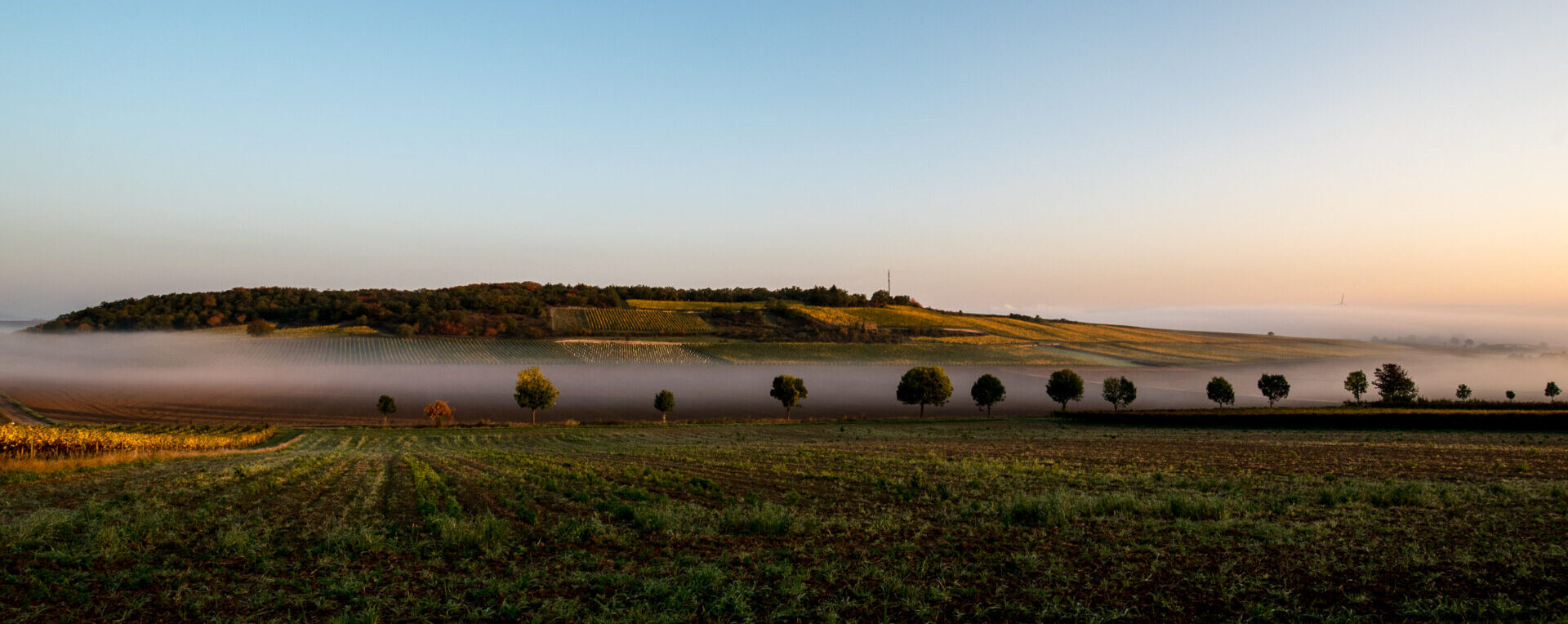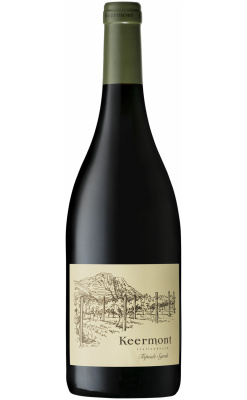Keermont
Keermont Vineyards is set in the naturally-formed amphitheatre between the Helderberg and Stellenbosch Mountain ranges. Most of the vineyard parcels grow on deep red clay rich soil derived from sandstone and granite and are surrounded by indigenous vegetation. They lie between 250 and 400 metres above sea level at the top of the valley, and have a variety of aspects from North East to West Facing.
Keermont Vineyards is blessed with some very special and unique vineyard sites. The farm is situated high up in the picturesque Blaauwklippen Valley, otherwise known as Paradyskloof (Paradise Valley). The Blaauwklippen River, which bisects the farm, is also the boundary between the Helderberg and the Stellenbosch Mountain range. This means that some of the vineyards are on the warmer North Facing Helderberg slopes and others on the cooler west-facing Stellenbosch range. Due to the steepness of the terrain, the altitude climbs 200m within the 1.7 km length of the farm and the vineyards are planted between 250m and 400m above sea level. The vines planted over these different terrains produce wines with good complexity and a variety of flavours. In addition, just over the Helderberg mountains, False Bay and the Atlantic Ocean are just 12.5km from the farm, which also contributes to the microclimate on the farm.
Guardian Peak towers over the farm on its eastern side. The highest point of the Stellenbosch mountain range is just over 1000m. The sun rises from behind this peak year-round, resulting in a much later sunrise than in the rest of the area. This effect, combined with the altitude at the top of the valley, results in a very cool night-time and morning temperatures which are excellent for the slow ripening and good phenolic development of the grapes. The cool south-east breeze that blows off the Atlantic Ocean during summer also helps to keep afternoon temperatures fairly moderate.
In 2003, the Wraith family bought two adjacent farms which today make up Keermont Vineyards. A tight knit team of 16 works at Keermont, from tending the vines to packaging the bottles for final release. All work is carried out by this team to ensure that the same attention to detail is followed throughout the wines’ production. Alex Starey is in charge of the vineyard and making the wines. Employed at the start of the redevelopment of the farm in 2005, he enjoys the responsibility of making sure that the vineyards deliver the highest quality of fruit to create the best possible wines.
The variety of planting densities ranges from 2600 to 5700 vines per hectare, according to the variety’s specific terroir requirements. Most vineyards are trained on a triple lengthened Perold system which consists of a split cordon at 700mm above the ground and three sets of movable foliage wires to a height of 1.7m. Some other smaller areas have other types, including bush vine and ‘hermitage’ (or vine by pole, also known as ‘stokbypaal’ in Afrikaans systems.
In the winery the aim is to guide the wines through fermentation and maturation as gently and naturally as possible. With this type of approach, the true essence of the fruit will be captured. Therefore the winery allows for a natural and spontaneous fermentation to occur, the wines are matured in seasoned oak casks, the wine is moved by gravitational flow rather than pumps and eventually the wine is bottled with little filtration (white wine) and not filtration (red wines). Keermont is certified vegan and part of the Integrated Production of Wine scheme (IPW) which ensures that they farm and produce wine in a sustainable manner.
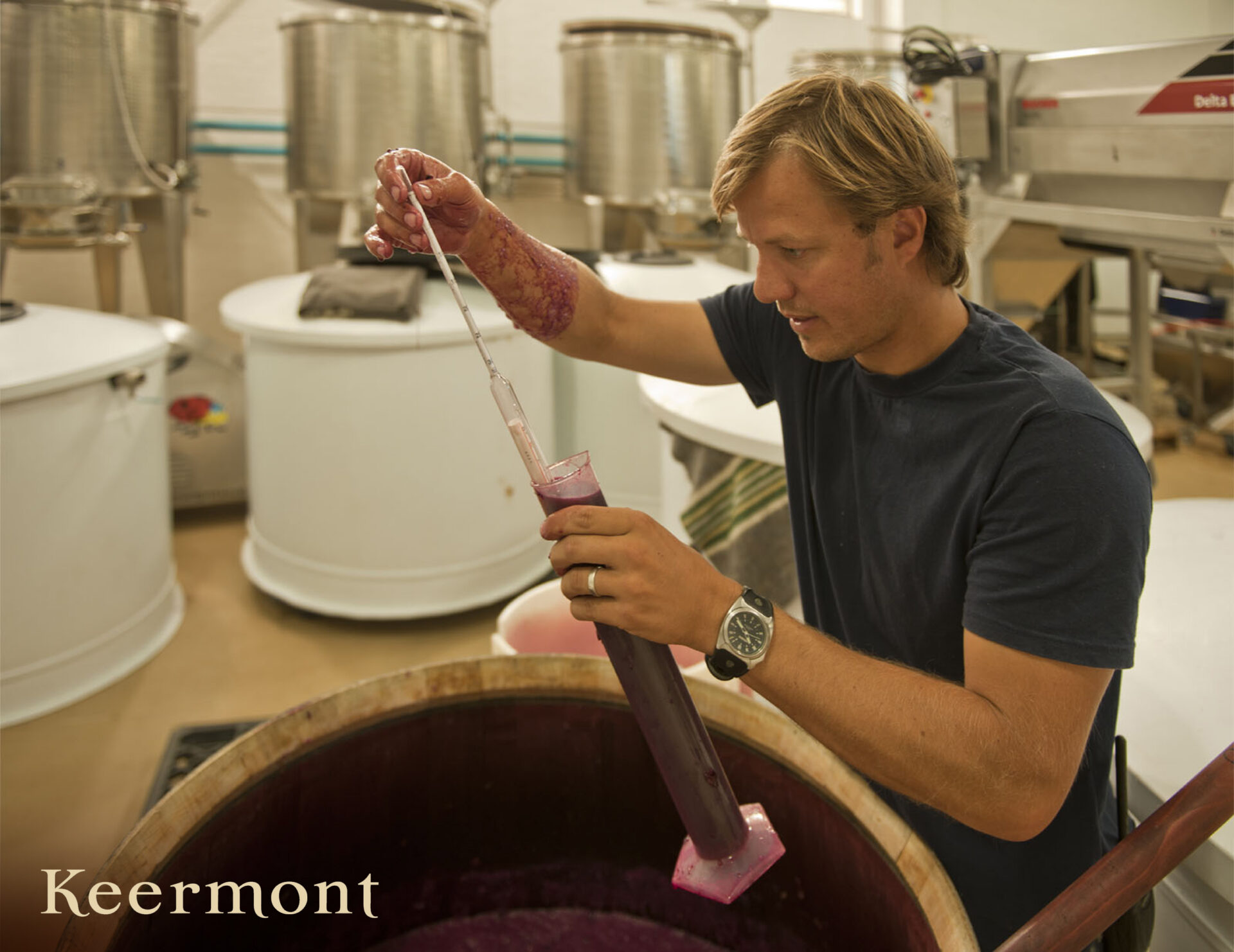
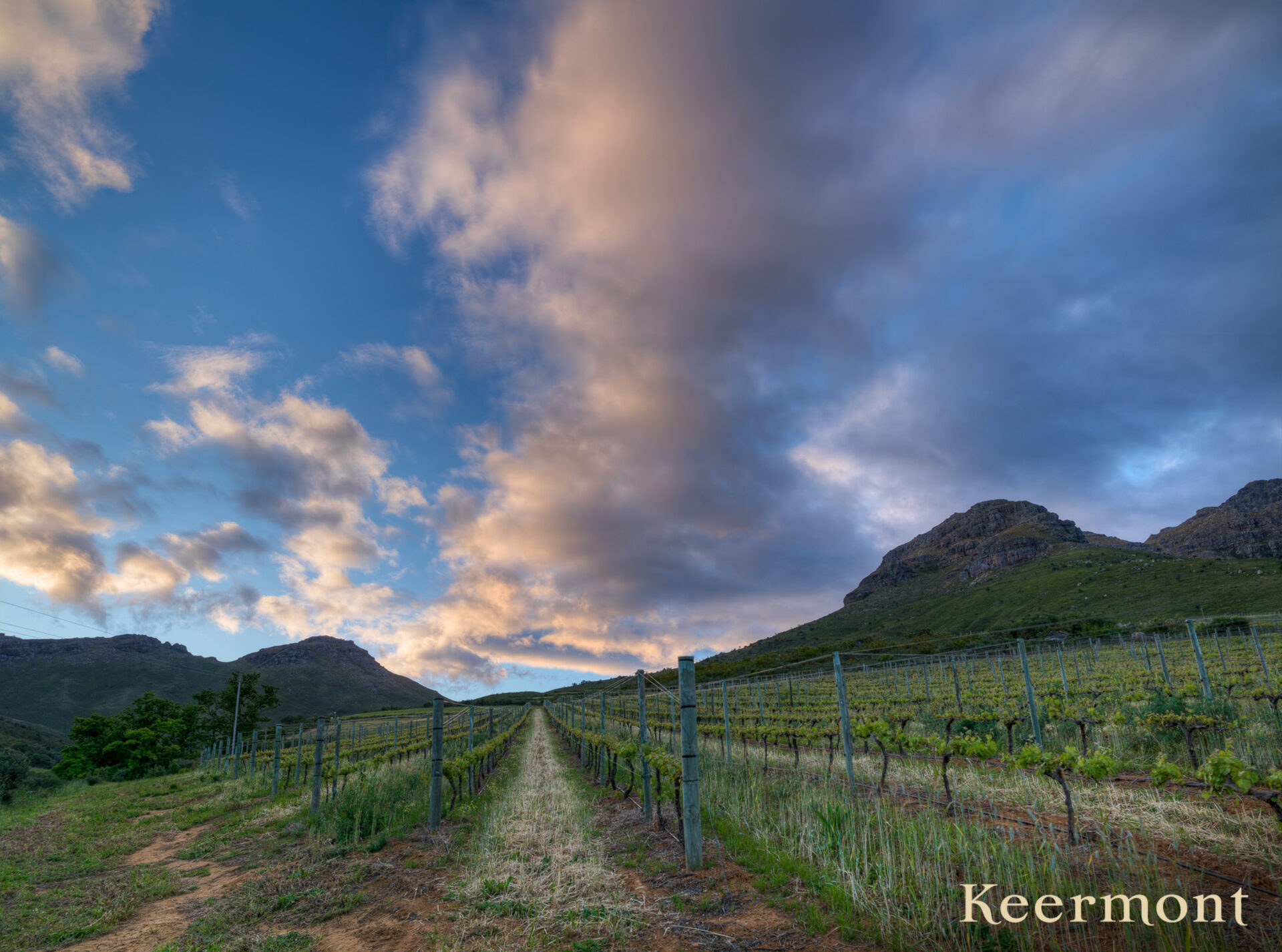


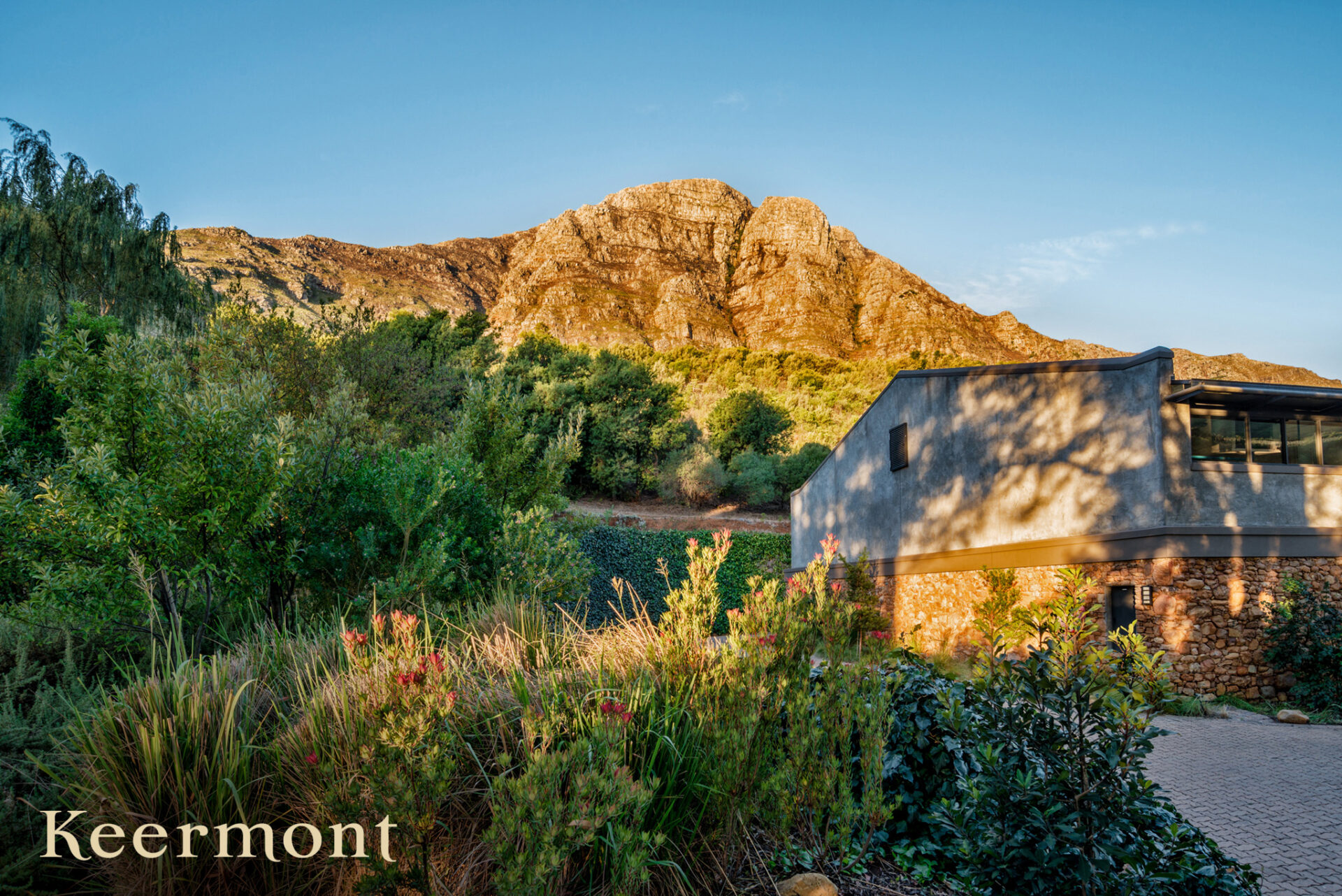
Wines By Keermont
